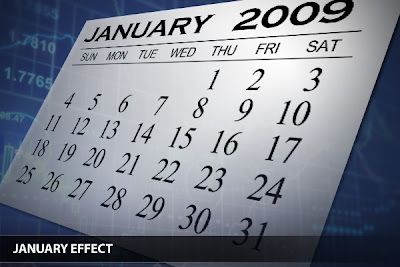
S&P Index Slugs (SAPI Slugs)
This simple but effective value search presents a pure yield play. It is similar but potentially superior to the better-known “Dogs of the Dow” search we just received because it draws from a wider pool of large-cap stocks and includes a secondary financial-strength overlay.
The strategy calls for buying the top 20 stocks from the result set of this search, ranked by dividend yield. These should be held for 1 year and then rescreened and rebalanced. It can be combined with Momentum Growth search to create a balanced 30-stock, 1-year portfolio.
The theory of using more than one screen is to allow for greater diversification within the portfolio. This way, if one particular screening method is sorely out of favor, the other may help to avoid massive losses. Suffice it to say that these screens should be used as initial idea generators, not as absolute methodologies.
Criteria We Used:
- Must be stocks in S&P 500 Index.
- Dividend Yield as high as possible.
- Current Ratio higher than Industry Average.
- D/E Ratio lower then Industry Average.
- Market Cap larger than 300 millions.














